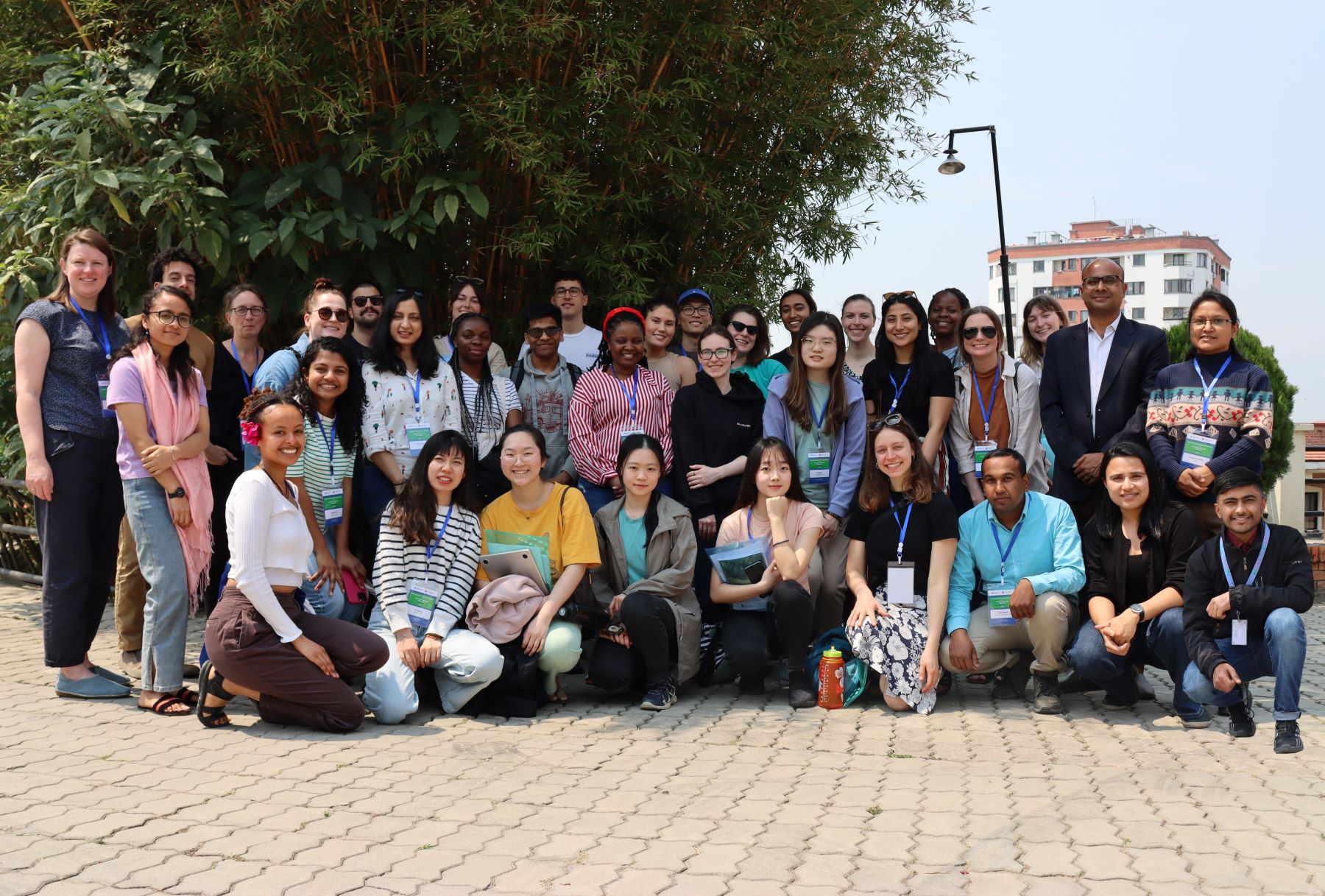Project Name : Achieving Climate Resiliency: A Road Map for Multi-Stakeholder Forestry Program in Nepal
Project Leader:
Partners and Collaborators :
Duration: April – July 2013
Brief description of the activity/project: This was a strategic project done to design the better implementation of Multi Stakeholder Forestry Programme (MSFP) to achieve its four outcomes and particularly achieving the climate resiliency of targeted households. The document produced from this project presents a Climate Roadmap for Multi Stakeholder Forestry Program (MSFP). It aims to guide operational planning and implementation activities of MSFP in relation to climate change. The roadmap advances an inclusive climate resilience approach. This means this roadmap places the needs and concerns of the most vulnerable groups at the centre. In so doing, it emphasizes the need to simultaneously work at household, community, local government and national policy levels. This roadmap offers a set of possible pathways to plan, organise and monitor MSFP activities in three major ways.
Firstly, it identifies various opportunities, which can be harnessed to achieve inclusive climate resilience as MSFP prepares for a full-fledged implementation. This roadmap also recognizes some challenges related to the political environment of the ongoing transitional period in Nepal. It then links the concept of inclusive climate resilience with the opportunities and challenges of MSFP. Secondly, this roadmap provides four pathways of change. These pathways are related to learning from experience, mainstreaming climate change concerns in service delivery and program implementation, contribution to policy development, effective monitoring, evaluation, knowledge development and communication. Thirdly, in order to implement the four pathways, it outlines 15 work packages that can be implemented in three stages: a) a preparatory stage of six months, b) followed by three years of full fledged implementation, and c) finally a thorough review of the roadmap itself for subsequent implementation.



